Almost everyone who has the internet or TV has heard about the keto diet. However, what do you know about it? Do you know what you can and can’t eat? How often? What foods you have to avoid? Well, in this article, we are going to tell you the answer to all of those and more.
The primary way that you have possibly heard about it is through celebrities that have done it and shed loads of weight. To name a few:
- Halle Berry
- Kourtney Kardashian
- Gwyneth Paltrow
I think that the issue with seeing these celebrity diets is that there are often huge misconceptions as to whether they work or not. Well, hopefully, by the end of this article, you will know everything that you need to know about the keto diet.
Contents
- 1 Keto Diet History
- 2 What Is the Keto Diet
- 3 Benefits Of A Keto Lifestyle
- 4 Helps With Weight Loss
- 5 Keto Decreases Blood Glucose
- 6 May Help Reduce Cancer Risks
- 7 Increases Skin Health
- 8 Keto Reduces Bad Cholesterol
- 9 Assists Brain Functioning
- 10 Helps With Polycystic Ovary Syndrome
- 11 Keto Diet Foods
- 12 Keto Diet Plan
- 13 Diet Menu
- 14 Keto Breakfasts
- 15 Keto Lunch
- 16 Keto Dinners
- 17 Keto Supplements
- 18 Keto FAQ
- 19 How Long Does It Take To Reach Ketosis?
- 20 How Do I Know I Am In Ketosis?
- 21 Is Testing For Ketosis Necessary?
- 22 Do I Need To Eat My Total Fat Macro?
- 23 Is More Protein Than Fat, OK?
- 24 Won’t Eating Fat Make Me Fat?
- 25 What About Sugar Alcohols?
- 26 Conclusion
Keto Diet History
The ketogenic diet has been around since before it was coined in 1921 by Dr. Russell Morse Wilder. However, in those times, it was developed primarily as a treatment for refractory epilepsy, meaning that it does not respond to medication. Of course, since then, a lot has changed. Although in treating epilepsy it is still being used, it has crossed into a more mainstream form of diet, and with some fantastic results.
At the outset of the research into the keto diet, the liver showed to produce three water-soluble compounds from the liver when starved or consumed very low carbohydrates. It is certainly worth noting, though, that the body was otherwise healthy. Those three compounds were, and still are, known collectively as ketones. Hence the name “ketogenic diet.”
Research continued its course towards epilepsy in children until its US national media exposure in October 1994. It was then that the diet got exposure from Jim Abraham’s two-year-old son having treatment for epilepsy. From then, the Abrahams family created the Charlie Foundation to promote the diets funding and research. In 2007, Jim Abraham produced a film inspired by his experiences with the diet, and a boom of interest ensued.
However, the first mainstream diet plan that was widely known as the Atkins diet. Although the Atkins diet got developed in the early 1970s, it was a much stricter form of the keto diet. Therefore, in this article, we will be focusing on the ketogenic diet as a whole instead of individual plans. Although, we will go into Dr. Atkins’s formula in the diet plan section.
Since the publication of Dr. Atkins’ book, released in 2003, and the ketogenic diet interest peak in 2007, there has become a considerable rise in knowledge and interest in the diet plan as a whole.
What Is the Keto Diet
As you have seen in the history section, the control of the keto diet is by almost irradicating carbohydrates from the menu. However, the same energy needs to enter the body as before. You do that by increasing your fat intake to compensate. When the body provided with only small amounts of carbohydrates, it goes into a state of ketosis. That is when those three ketones are produced by the liver and enter the bloodstream. However, before you completely stop eating carbohydrates, there are still some things that you need to know about the diet.
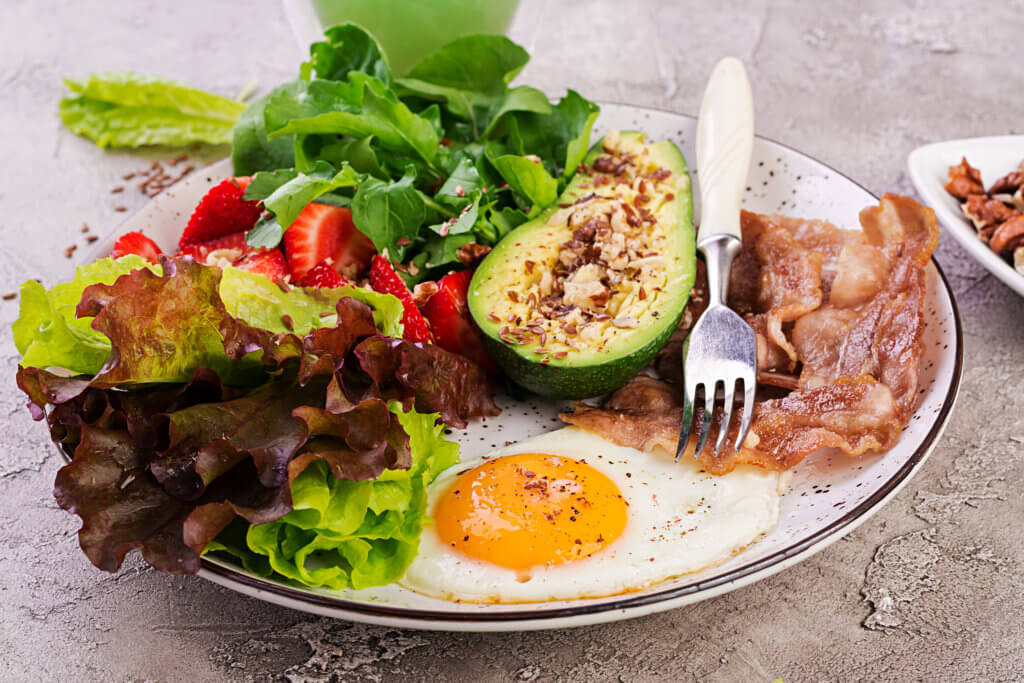
So, ketogenic diets are a form of low carb diet, but there are still differences. For example, the level of carbohydrate intake allowed per day. There are several different ways to reach the required intake, and we will go through them in a little while. As a rule, this is the main difference between a low carb diet and a ketogenic diet:
- A Low carb diet consists of a restricted intake of carbohydrates.
- A ketogenic diet almost deletes carbs.
Again, we will go into that in further detail later on in the article.
Benefits Of A Keto Lifestyle
Yes, that’s right. Ketogenic diets are much more than just-food. They are more of a lifestyle. Not only because you need to know how to eat, but because it has a lot of benefits to it. There are various key benefits to go along with reducing seizures, and we will go through them now.
Helps With Weight Loss
Of course, this is usually the main reason that people want to try any diet. However, as we have stated before, ketogenic diets are a lifestyle. The basis of the weight loss is because you transform your body from a carb consumer into a fat burner. You will be burning fat as your primary energy source. Therefore, you will be allowing your body to use your reserves as fuel when it is hungry.
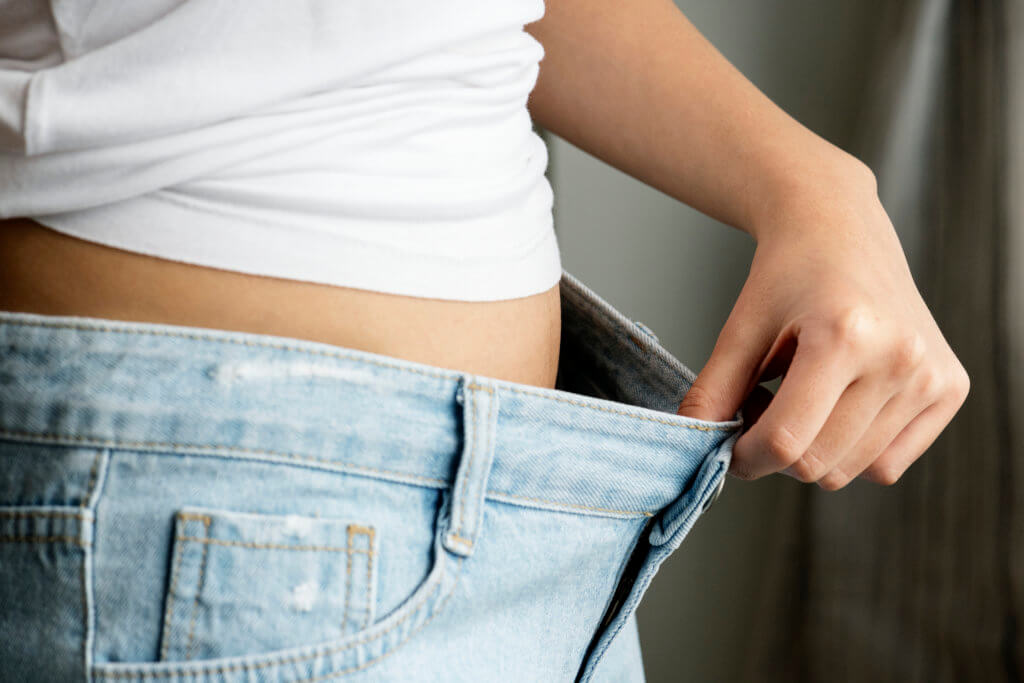
Furthermore, it consumes more energy to turn fat into energy than it does carbohydrates. So it is a double-edged sword in the hands of weight loss.
Keto Decreases Blood Glucose
People who have type 2 diabetes often advised to control carbohydrate intake. That is because both simple and complex carbohydrates get broken down into sugar and lead to blood sugar spikes.
Changing your primary fuel source from carbohydrates to fat will, in most cases, reduce your blood sugar level and help control and even eliminate diabetes.
May Help Reduce Cancer Risks
Because of the increased funding into research of the ketogenic diets, there has been discovery to show that it may help reduce risks and even help to fight certain cancers. In one study located in the National Center for Biotechnology Information, shows that chemotherapy can encourage cancerous cells to increase their glucose levels to compensate for the treatment. However, cancerous cells that are not provided with the carbohydrates to raise their glucose levels are much more susceptible to treatment. Therefore, increasing the effectiveness of treatment and increase therapy response.
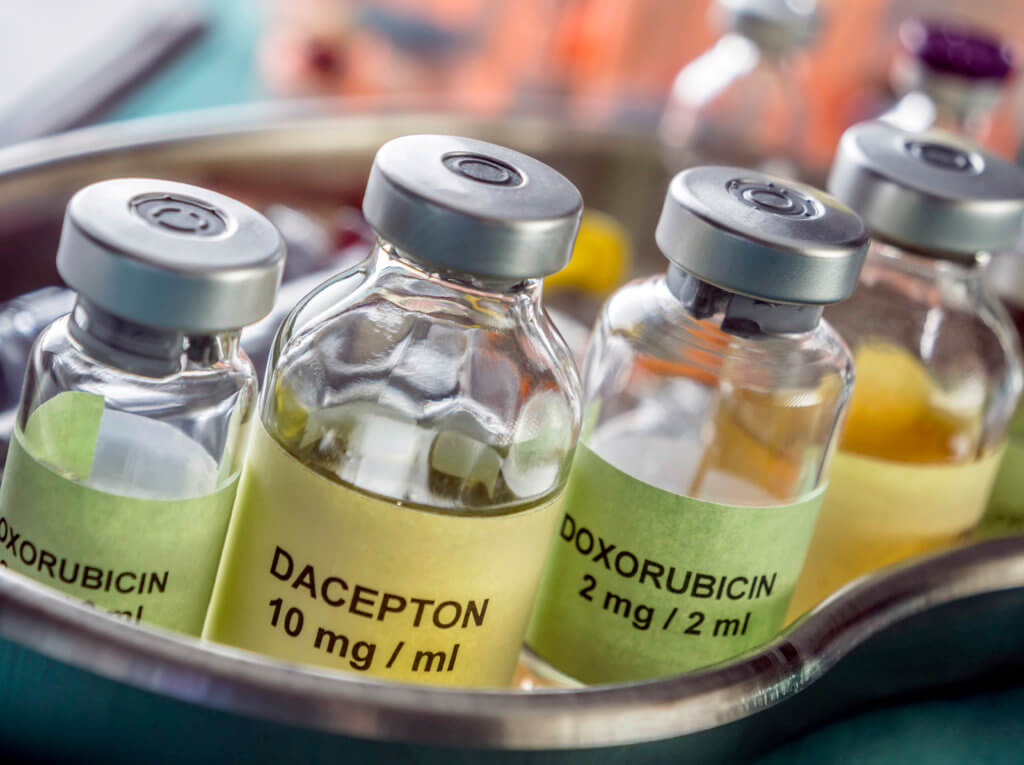
There have been studies conducted on insulin’s role in the development of cancers such as breast and uterine cancer. It shows that women with the highest levels of insulin in their blood had more than double the risk of breast and uterine cancer than those with low insulin levels. As the ketogenic diet does not contain sugar, insulin is not required, and the pancreas will almost completely stop production.
Increases Skin Health
Other studies conducted have shown a possible direct relationship between skin health, acne, and carbohydrate intake. They have shown that there is a considerable possibility that lowering carbohydrate levels can be used as a preventative and reactive measure against acne.
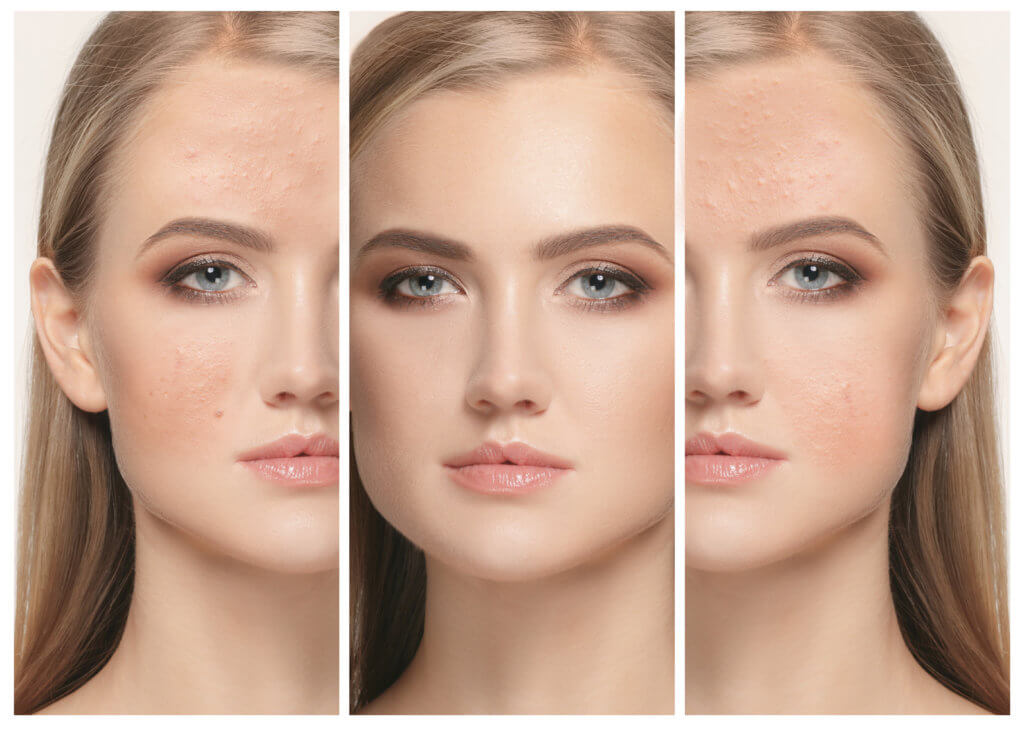
Various foods are encouraged to eat throughout the keto diet that is great for promoting skin health and condition. The benefits include:
- Lower insulin for preventing acne.
- The higher amounts of good fats improve skin health.
- Less sugar keeps collagen healthy to slow the aging appearances of the skin.
- Omega 3&6 can prevent sun damage to the skin.
- High vitamin A foods promote skin cell production, prevents skin damage and infection.
Keto Reduces Bad Cholesterol
In this study, it proved that after 24 weeks of following the ketogenic diet, HDL cholesterol increased significantly, while LDL cholesterol decreased significantly. Also, the level of triglycerides decreased by a significant amount, too.
- HDL. – High-density lipoprotein (good cholesterol)
- LDL. – Low-density lipoprotein (bad cholesterol)
- Triglycerides. – Excess fat carried in the blood.
Assists Brain Functioning
Ketosis and brain function does require more research, and it is being carried out. However, studies have shown that ketogenic diets provide a significant brain function improvement in people with Alzheimer’s disease compared to non-ketogenic diets.
As it has also proven that the diet helps control seizures, it has lead researchers to believe that ketones are a better fuel source for the brain than carbohydrates.
Helps With Polycystic Ovary Syndrome
A pilot study carried out in women with PCOS showed that over 24 weeks, they had the following benefits:
- Weight reduction.
- Hormone balance.
- It improved fasting insulin levels.
- Two of the women became pregnant despite previous infertility.
As you have seen, there are many health benefits to a keto diet. Now, let’s get into the actual eating part of the food.
Keto Diet Foods
So, as you have already seen, the ketogenic diet is based around a high fat, low carb nutritional intake. But you may be asking yourself what foods you can eat. In this section, we will look at the foods that are considered good and bad for ketogenic diets:
| Good Food | Bad Food |
| High fat cheese, Cottage cheese, Cream, Butter, Plain yogurt | Rice, Pasta, |
| Eggs | Oats, Oatmeal |
| Seafood | Wheat |
| Meat and Poultry | Bread |
| Coconut oil, Olive oil | High carb vegetables, Potatoes, Carrots, Peas, Parsnips, etc. |
| Olives | Fruit, Dried, Smoothies, Juice |
| Tea and coffee | Carbonated drinks (not sugar-free) |
| Some berries, Nuts, and seeds | Milk |
| Avocados | Fat-free yogurt |
| Low carb Vegetables | Legumes, Kidney beans, Chickpeas, etc. |
That list is by no means extensive. You will have to work out what you can and cannot eat on the ketogenic diet plans before you start and as you go through it. However, we will go through the planning stages in the next section.
Keto Diet Plan
First, you have to work out your macros. That is likely to be a one time process as you will get used to the diet and foods you can and cannot eat pretty quickly.
Macros is a short way of saying macronutrients. They are the building blocks of all the food that you consume:
- Fat. – Nine calories per gram
- Protein. – Four calories per gram
- Carbohydrates. – Four calories per gram
Calculating your macros will first require you to calculate the daily required caloric intake. Otherwise known as Total Daily Energy Expenditure (TDEE). Many websites will do this for you, but this is my favorite.
After you have found out your TDEE, you want to remove a percentage of that to allow for weight loss. Although the keto diet is very good at increasing weight loss, you will still need to account for a slight drop in calories. Approximately 500 calories per day is sufficient to start with as a deficit.
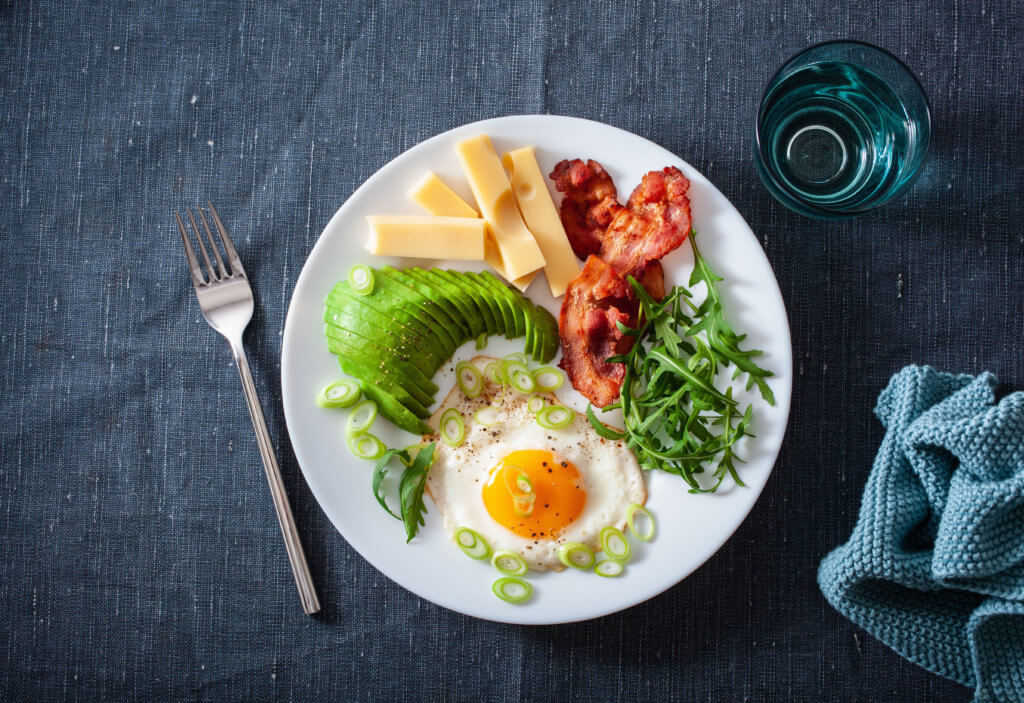
Do not worry, though; the keto diet will stop you feeling hungry as it will burn your fat reserves. Now that you know the amount of calories that you should be eating, you need to work out what percentage of each macro that includes.
Generally speaking, keto diet macros will vary depending on goals, body fat, activity levels, etc. However, this guide is a pretty good rule of thumb:
- 70-80% fat.
- 20-25% Protein.
- 5-10% Carbohydrates.
As you can see, the vast majority of calorific intake should be through fat. Hence, it should be made up of primarily monounsaturated, saturated, and some polyunsaturated fats. A moderate amount of protein is required for muscle mass retention, and if you do not have that, you will feel weak and lethargic.
Diet Menu
Now that you know the food types that you can and cannot eat, it can be quite confusing to understand how to put those into three meals a day. As I have already said, your primary focus should be lowering carb intake, increasing fat intake, and maintaining a decent level of protein.
To get you started, we have devised a few meals that you can use to get used to the transition and work out your plans yourself. However, we will not go into massive detail about how to cook them as they do not need a massive amount of explanation. However, keep an eye out on our nutrition page for specific, detailed recipes.
Keto Breakfasts
As with any diet, breakfasts are still one of the most important of the day. Therefore, breaking your fast with decent nutrients and calories will allow your body to wake up and feel as good as it can.
Breakfast 1 – Cheese omelet:
-
- 1-2 eggs
- 2 tbsp heavy whipping cream
- 1 tbsp coconut oil
- 2-3oz of mature cheddar
- Two mushrooms
- 1/2 oz baby spinach
Mix the eggs, cream, and coconut oil into the omelet mixture and make as a regular omelet.
Breakfast 2 – Basic scrambled eggs
- 1-2 eggs
- 2 tbsp heavy whipping cream
- 2 tbsp butter
- 2oz mature cheddar
Melt the butter into a pan, mix the rest of the ingredients in and cook. Simple!
Breakfast 3 – Bacon and eggs
- Two eggs
- 3 or 4 rashers of bacon
- Some low carb greens
Cook the bacon in a pan and use the bacon fat for cooking the eggs. Simple again!
There are many more options that you can use for breakfast. However, those three are the easiest and lowest carb breakfasts that you can use to get you started.
Keto Lunch
Lunch and dinner can often be interchanged quite quickly, depending on what you fancy at the time. Therefore, to keep it simple, we will base these ideas on traveling to work.
Lunch 1 – Chicken Salad
- A boneless chicken breast
- 1 tbsp olive oil
- 1 Avacado
- A few cherry tomatoes
- 1/4 red onion
- Four asparagus stems
- One clove of garlic and some oil for dressing.
Peel and dice the avocado, slice the onion, chop the tomatoes, and cut the asparagus stems. Fry the chicken, put all of the ingredients into a container, drizzle with oil, and crushed garlic.
Lunch 2 – Egg salad
- Eggs. – use as many as you want.
- An avocado
- A little lemon juice to preserve the avocado
- 1/3 cup full-fat mayonnaise
- Dijon mustard to taste.
Hard boil the eggs and peel. Mash the avocado and mix with mayo mustard, chopped boiled eggs, and lemon juice. Put into the container and chill until needed.
Keto Dinners
Most of the dinners are slightly more involved in terms of cooking, so I will only give simple instructions to show how easy they are.
Dinner 1 – Taco Pie
- Ground beef. – High fat is excellent this time!
- Taco seasoning. – Check carb content of individual packet
- Eggs
- Heavy cream
- garlic
- Shredded cheese.
Fry the beef until cooked and broken up. Add seasoning and cook while combining the other ingredients, leaving out the cheese. Put the meat into a pie pan, top with the egg mixture, sprinkle the cheese, and bake. Easy. However, remember to serve with some low carb greens!
Dinner 2 – Garlic Salmon
- Salmon fillets
- Butter
- Garlic
- Lemon zest
- Asparagus
Melt some butter onto a baking tray, mix garlic, and lemon zest into remaining butter. Place salmon fillets onto the baking dish, cover in garlic butter mixture. Place asparagus onto the dish with the salmon and bake until cooked.
As you have seen, keto diet foods can be pretty easy to plan and cook once you know what you are doing. I think that the hardest part about any diet is getting into it and understanding it in a way that you can customize it to fit your lifestyle.
Keto Supplements
As with all diets, there are supplements and tablets available that will assist you in getting into ketosis and staying there. Some supplements will help you get some of the more difficult nutrients until your body gets used to the transition period. Some of the most common keto-friendly supplements that you can buy are:

- Magnesium
- MCT oil
- Vitamin D
- Exogenous ketones
- Electrolytes
- Powdered greens
- Digestive enzymes
- Omega 3
Although I have given you this list, it is not always necessary that you take all of them. Some people adapt to the diet very well without any of the supplements, while others need a few to adjust and can then stop taking them. You have to assess each case on how you feel you are functioning at the time.
Keto FAQ
In this section, we will cover some of the most commonly asked questions about keto diets. However, this will not cover everything that gets asked. If you have any questions, please feel free to keep a lookout on our homepage for updates.
How Long Does It Take To Reach Ketosis?
Ketone production begins after the depletion of glycogen stores. Therefore, when you reach ~20g net carbs, it will take no more than 24 hours. That is, however, providing you do not go over that limit.
How Do I Know I Am In Ketosis?
Sometimes, there are physical indications for entering into ketosis — for example, changes in urine. However, you can buy test indicator strips to check.
Is Testing For Ketosis Necessary?
No, you will see other physical symptoms, such as decreased appetite.
Do I Need To Eat My Total Fat Macro?
If you are trying to lose weight, the simple answer is no. However, bear in mind that you still need to consume less than ~20g net carbs, and enough fat to provide yourself with energy.
Is More Protein Than Fat, OK?
As a general rule, no. But that is based on caloric intake, and remember that fat has a higher caloric value per gram than protein. Therefore, you do not need to eat more weight of fat. There are times in which more protein is ok, such as bodybuilding, but for general rule, keep to higher fat quantities.
Won’t Eating Fat Make Me Fat?
A huge misconception that has taken over the planet is that fat makes you fat. When in fact, excess calories of any type will cause you to gain weight.
What About Sugar Alcohols?
Sugar alcohols are sweeteners found in sugar-free food, drinks, and chewing gum. That is not an overly easy question to answer because everyone has different tolerances to different Polyols (sugar alcohols). However, the advice is that the high Glycemic Index Polyols are avoided, such as Maltitol and Xylitol. If you have any issues during any phase of ketosis, you should remove sugar alcohols first.
Conclusion
Transitioning between a “regular” diet and a ketogenic diet can be a daunting task. However, if you do the correct research, take in as much information as you can about the ways that keto diets work, you can make the change effortlessly.
There are many books and programs available to guide you deeper into the knowledge required, so take advantage of them. Get healthy, lose weight, therefore feel better in yourself with a ketogenic diet!

